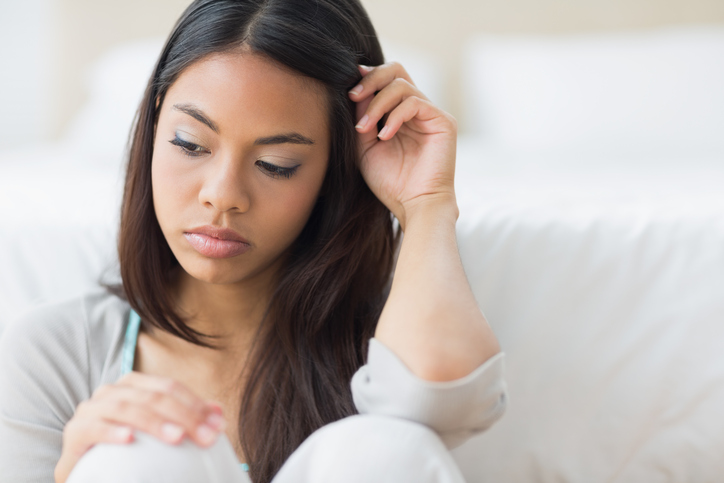Imagine you’re flying to Quintana Roo, everything is great, you know you’re going to be having one of the best vacations of your life, but all of a sudden someone a few seats down begins to demonstrate signs of a panic attack. According to Miami Helicopter, there is no suitable way to define the fear of flying. They use the term “fear of flying” to define what many others would call “aerophobia” or “aviophobia”. 
What triggers fear of flying?
- Plane: Being in a plane can cause physical sensations that may trigger panic attacks, especially in those that overly monitor their own body. For example, ear popping and fullness, feeling “lighter,” and pressure changes may all be triggers of panic attacks, or at the very least increase the amount of self-monitoring a person does in a way that makes them more prone for attacks.
- Plane Monitoring: Anything that causes someone to overly monitor themselves may make them more prone to panic attacks, which is why a similar problem occurs when people start to overly monitor the plane. Those that panic may be more prone to noticing every right or left turn, every change in elevation, and anything that makes them feel that something is “off.” Even if they know it’s nothing, it’s not the noticing that’s the problem – it’s the tendency for people to retreat into their own mind and notice even more.






